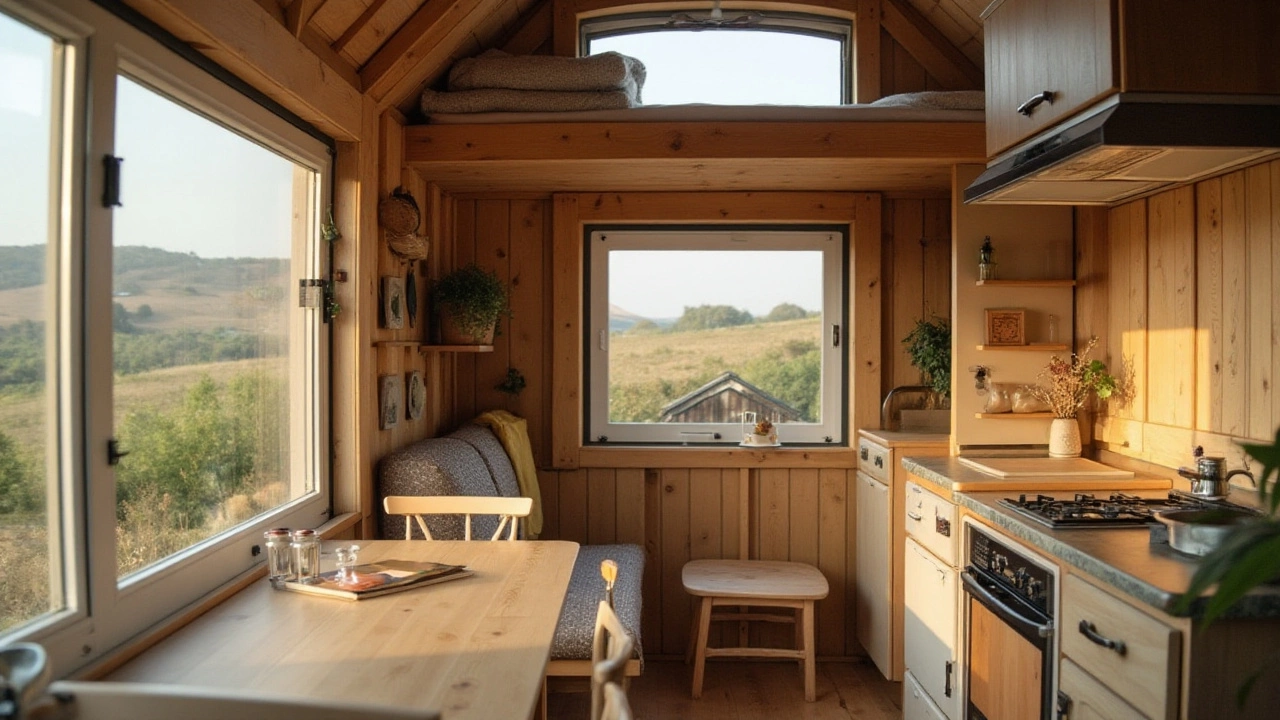
Space-Saving Tips for Cottages, Hotels & Tiny Homes
Running out of room is a common headache whether you’re staying in a snug Highland cottage or running a tiny boutique hotel. The good news? A few clever tricks can turn cramped corners into functional, inviting spots. Below you’ll find straightforward ideas you can apply right away, no costly renovations required.
Maximise Vertical Space
Think up, not out. Tall bookshelves, wall‑mounted racks and hanging pot racks free up floor area while keeping items within easy reach. In a cottage kitchen, install a pegboard above the stove for utensils; in a hotel lounge, use sleek ladder shelves for magazines and blankets. The same principle works for glamping cabins – a hanging hammock or rope‑mounted clothes rack keeps the ground clear for lounging.
Multi‑Functional Furniture
Invest in pieces that pull double duty. A sofa with hidden storage lifts the need for a separate chest. A fold‑out desk can serve as a nightstand when not in use. For self‑catered residences, a dining table that expands for a family of four and collapses for a couple saves space without sacrificing style. Even a bed with built‑in drawers can store linens, keeping clutter out of sight.
When choosing furniture for a boutique hotel, look for lightweight, stackable chairs that can be tucked away during private events. In eco‑friendly homes, reclaimed wood benches with storage slots add character and sustainability.
Smart Layout Planning
Leave a clear pathway through each room. Use rugs to define zones instead of walls, especially in open‑plan cottages. Position the larger furniture against the walls; this opens up the centre for movement. In tiny homes, a sliding partition can separate sleeping and living areas without permanently cutting off space.
For hotel rooms aiming to accommodate families of four, consider a sofa‑bed or a pull‑out bunk that folds away during the day. This approach keeps the room feeling spacious while still offering enough sleeping spots.
Creative Storage Solutions
Under‑bed bins, vacuum‑sealed bags and drawer organizers are lifesavers for anyone limited on square footage. In a National Trust cottage, use decorative baskets that double as decor and storage for blankets or board games. In a glamping site, waterproof stackable crates keep gear dry and tidy.
Eco‑home owners love using reclaimed pallets to create rustic shelving units. They’re inexpensive, easy to assemble, and add a green touch to the interior.
Declutter Regularly
The simplest way to make space feel bigger is to own less. Conduct a quick quarterly purge: donate items you haven’t used in six months, and store seasonal pieces in vacuum bags. A tidy environment not only looks larger, it also reduces stress for guests and residents alike.
Whether you’re a traveler looking for a cozy spot to unwind or a hospitality manager aiming to boost room ratings, applying these space‑saving tactics can dramatically improve comfort and functionality. Small changes add up, turning any cramped nook into a welcoming retreat.
